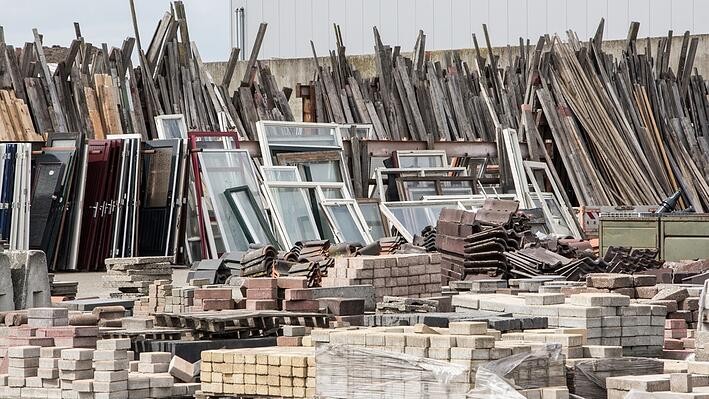Exploring the Cutting-Edge Innovations in Construction Materials

In the ever-evolving field of construction, staying up-to-date with the latest advancements in materials is crucial. As technology continues to advance, new construction materials are constantly being developed to enhance durability, sustainability, and efficiency. In this blog post, we will delve into the most recent type of construction materials that are revolutionizing the industry.
- Graphene-Enhanced Concrete:
One of the most promising recent developments in construction materials is the integration of graphene into concrete. Graphene, a single layer of carbon atoms, possesses exceptional strength and conductivity. By incorporating graphene into concrete, engineers have been able to significantly enhance its mechanical properties, making it stronger, more durable, and even more resistant to cracks. This innovation has the potential to revolutionize the construction industry by providing structures with increased longevity and reduced maintenance costs. - Self-Healing Materials:
Imagine a construction material that can repair itself when damaged. Self-healing materials are a recent breakthrough that holds immense potential for the construction industry. These materials contain microcapsules filled with healing agents that are released when cracks or damages occur. The healing agents react with the surrounding environment, forming new bonds and restoring the material's integrity. This technology not only improves the lifespan of structures but also reduces the need for frequent repairs and maintenance. - 3D-Printed Construction Materials:
3D printing has made significant strides in various industries, and construction is no exception. The ability to 3D print construction materials offers numerous advantages, including reduced material waste, increased design flexibility, and faster construction times. By using specialized printers and innovative materials such as concrete mixtures, engineers can create complex and customized structures with precision. This technology has the potential to revolutionize the construction industry by streamlining the construction process and reducing costs. - Transparent Wood:
Wood has been a staple construction material for centuries, but recent advancements have taken it to a whole new level. Transparent wood, created by removing the lignin from wood and replacing it with a transparent polymer, offers a unique combination of strength, thermal insulation, and transparency. This material allows natural light to penetrate while maintaining structural integrity, making it ideal for energy-efficient buildings and aesthetic designs.
Conclusion:
The construction industry is constantly evolving, and the development of new construction materials plays a vital role in shaping its future. From graphene-enhanced concrete to self-healing materials and 3D-printed structures, these recent innovations are revolutionizing the way we build. By embracing these advancements, the industry can create more sustainable, durable, and efficient structures that meet the demands of the modern world.

